- Home
- Material Handling
- Storage Workspace
- Storage Containers
- Totes Storage Boxes Trunks
.....Read More

Attached-Lid Totes

ESD Static-Control Divider Box Dividers
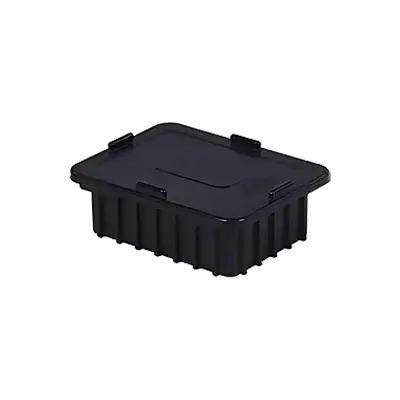
ESD Static-Control Storage & Divider Box Covers & Lids
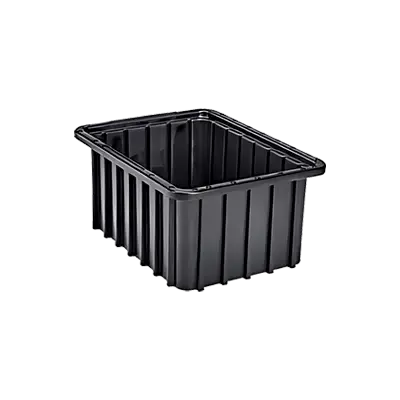
ESD Static-Control Storage & Divider Boxes
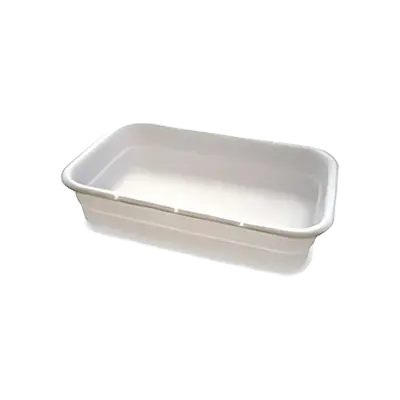
High-Temperature Process Tote Lids

High-Temperature Process Totes & Tubs

Stacking & Nesting Tote Lids
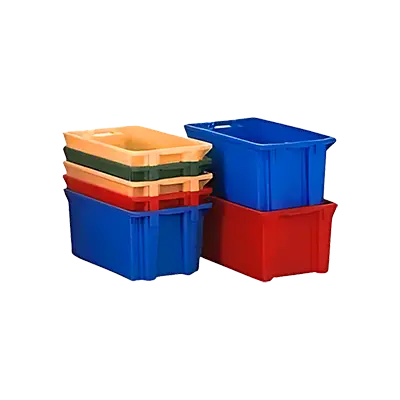
Stacking & Nesting Totes
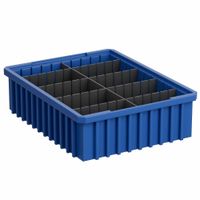
Standard Divider Boxes & Accessories
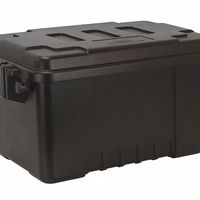
Storage Trunks
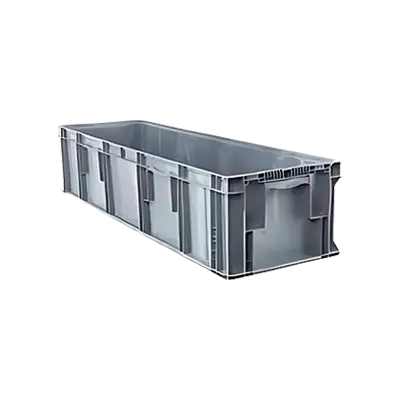
Straight Wall Container Lids & Cups
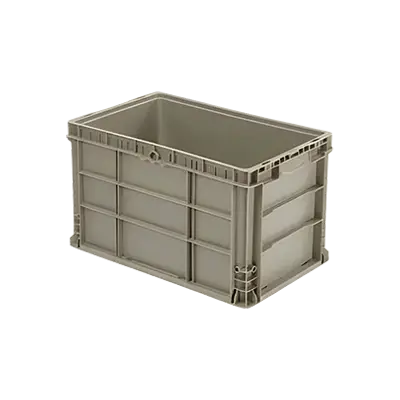
Straight-Wall Containers
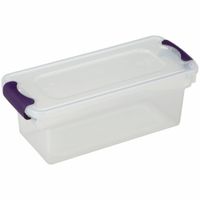
Totes with Snap-On Lids
Frequently Asked Questions
What are the best materials for storage totes and boxes?
How do I choose the right size storage container?
What are the benefits of using totes with snap-on lids?
How do stacking and nesting totes save space?
What is the difference between attached-lid totes and open-top totes?
How do ESD static-control storage boxes work?
What are high-temperature process totes used for?